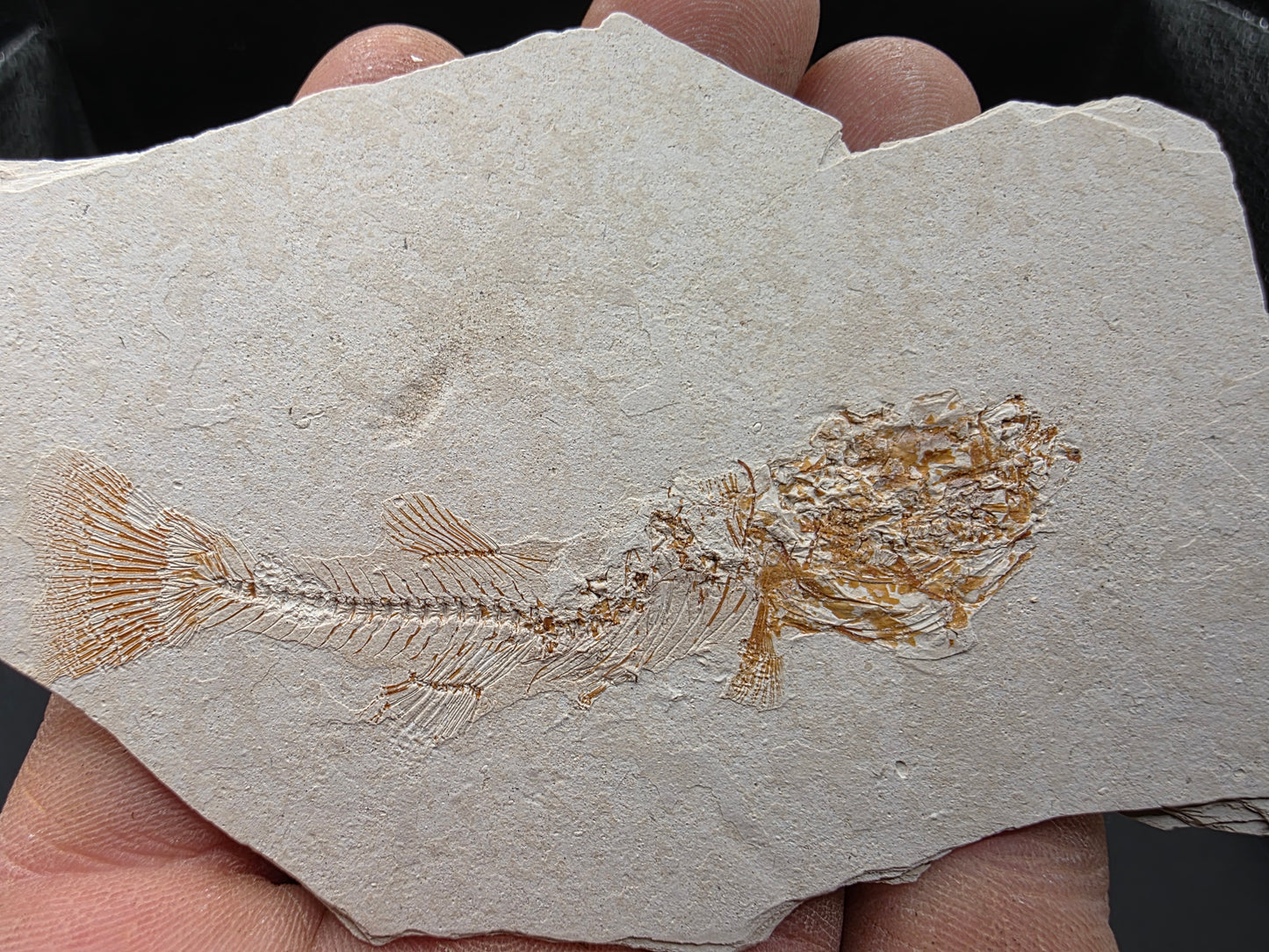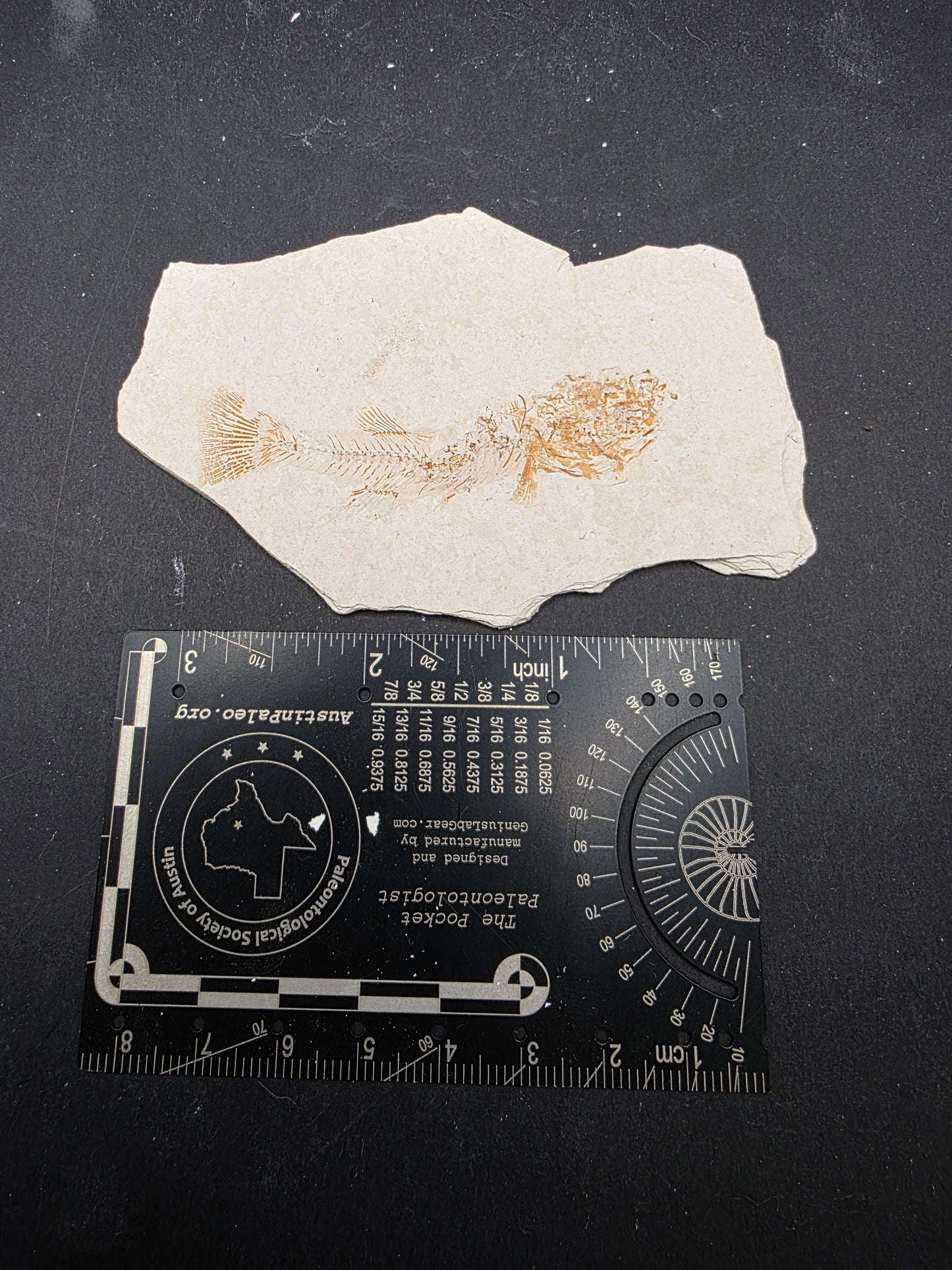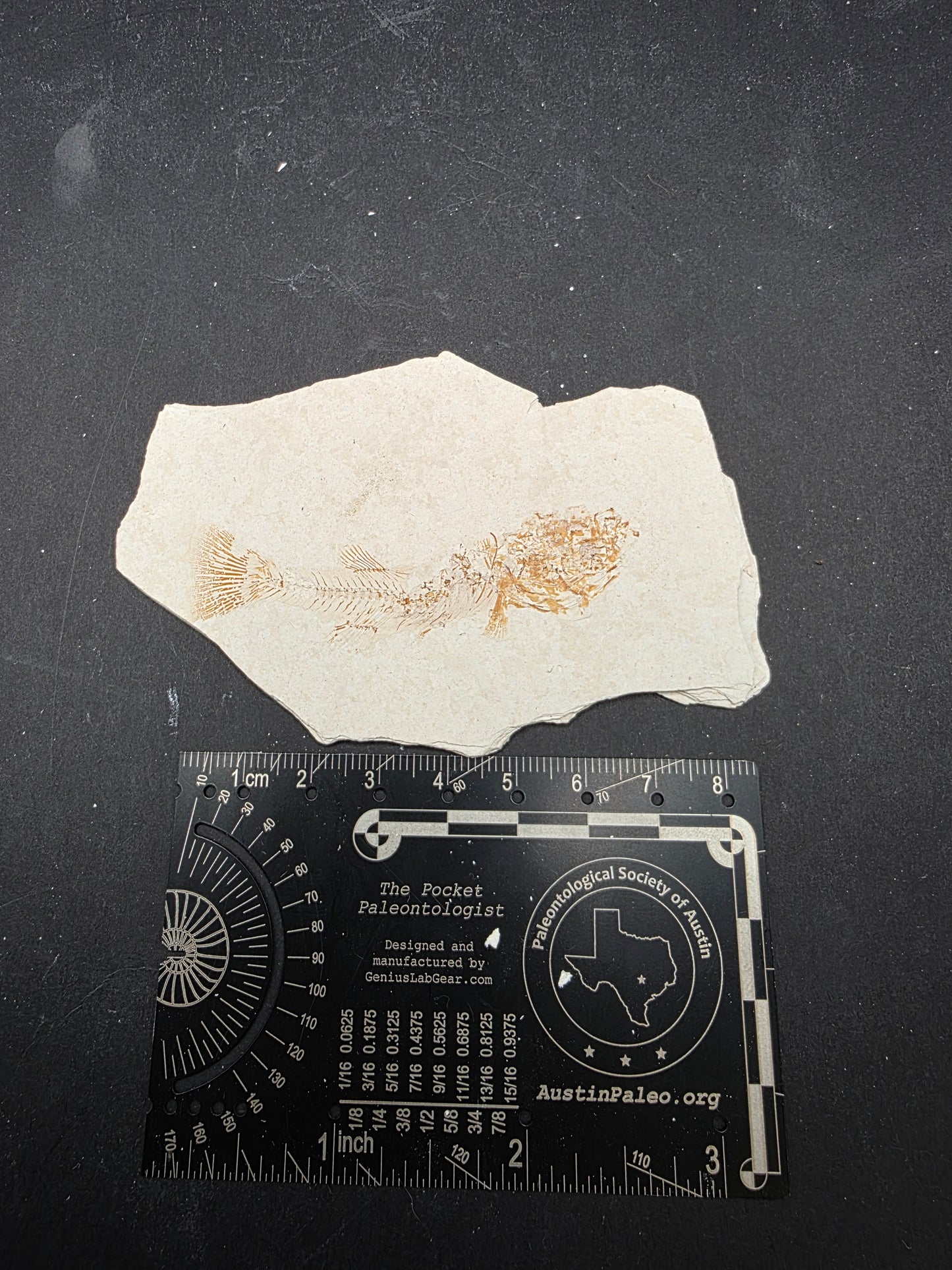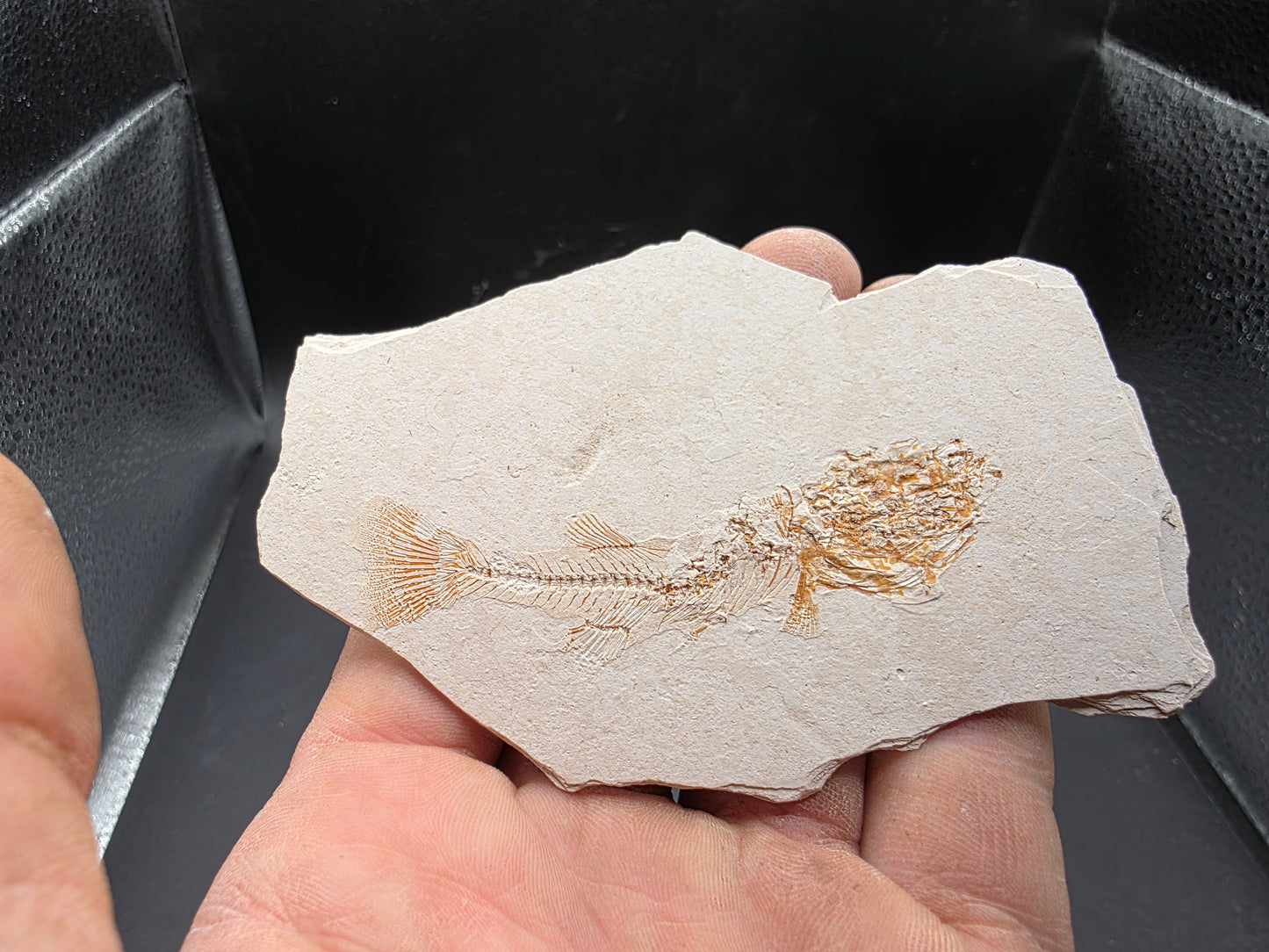Minute Man Fossils
Gasterosteus doryssus "Stickleback"-Nevada 01
Gasterosteus doryssus "Stickleback"-Nevada 01
Couldn't load pickup availability
Taxa: Gasterosteus doryssus "Stickleback"
Geology: Lahontan Beds
Age: Pliocene
Locality: Hazen, Nevada
Gasterosteus doryssus
Gasterosteus doryssus is an extinct species of stickleback fish that lived in ancient freshwater lakes, particularly in what is now the western United States. It belonged to the Gasterosteidae family, known for their small size, spiny dorsal fins, and adaptability to various aquatic environments. Fossil evidence suggests that G. doryssus thrived in Lake Lahontan and other Pleistocene water bodies, providing valuable insights into evolutionary processes, particularly in response to changing ecological conditions.
Sticklebacks
Sticklebacks are small, spiny-finned fish in the family Gasterosteidae, found in both freshwater and marine environments across the Northern Hemisphere. They are known for their distinctive armor-like plates, elongated bodies, and three to fifteen dorsal spines. Sticklebacks exhibit fascinating behaviors, including complex mating rituals and nest-building. They are also a key model organism in evolutionary biology due to their rapid adaptation to different environments, especially in response to changes in salinity and predation pressures.
Lahontan Beds
The Lahontan Beds refer to sedimentary deposits associated with ancient Lake Lahontan, a vast Pleistocene-era lake that once covered large parts of present-day Nevada, California, and Oregon. These deposits include layers of clay, silt, sand, and tufa, which provide evidence of fluctuating water levels due to climatic changes over thousands of years. The Lahontan Beds contain important fossil records and geological features that help scientists study past environments and the region’s hydrological history.
Share




Subscribe to our emails
Be the first to know about new collections and exclusive offers.




